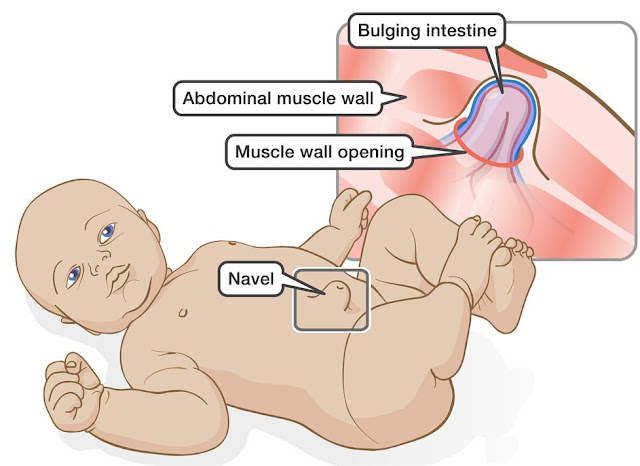Hair Loss is a very common after effect for the person who goes thorough bariatric surgery. But why does it happen? Is there any way to prevent them? The best hair transplant clinic in Kolkata can put some light on these questions.
Bariatric
Surgery is known as the collective gastric bypass and weight loss surgery which
is done by changing your gastric system to help you lose weight. Bariatric
surgery is done to those people who cannot lose weight by diet or any form of
exercise and have serious health issues due to weight. Some procedures limit
how much you can eat. Other procedures work by reducing the body's ability to
absorb nutrients. Some procedures do both.
To keep one
thing in mind, all weight loss surgeries do have some side effects and
bariatric surgery is no exception.
Permanent change in healthy diet and regular exercise should be
implemented post-surgery to ensure long term benefit of bariatric surgery.
Theory behind hair loss after
bariatric surgery:
It’s very
common to have hair loss after bariatric surgery. All of us want to have a
great shape with great hair. The hair loss associated with bariatric surgery is
called telogen effluvium which is related to the normal hair growth cycle.
This lasts
not more than 1-6months. The human hair has two phase in the hair growth cycle.
The growth phase is called anagen phase and 90% of our hair follicles stay in
this phase at any given time. The resting phase is called telogen phase which
lasts around 3months on average and5-15% of our hair follicles stay in this
phase.
If you’re
having stress it is most likely going to play a role in the telogen effluvium
and hormonal changes. This is important because the hair in the resting phase
at the time of surgery is most likely the hair you will shed.
This is why
your hair sheds between 1 to 6 months
after surgery (usually about 3 to 4 months). When the hair starts to grow again
the old hair follicle is released and you lose hair. Sometimes the hair comes
out before new hair grows!
Common reasons behind Hair Fall after
Bariatric Surgery:
Surgery, acute illness, trauma
Chronic disease such as liver disease
or any chronic debilitating disease
Hormonal imbalance such as
hypothyroidism
Crash dieting, low protein intake,
anorexia, chronic iron deficiency
Heavy metal toxicity
Medications such as beta-blockers,
excess vitamin A and anticoagulants
BUT THE GOOD NEWS IS HAIR LOSS DUE TO
BARIATRIC SURGERY IS NOT PERMANENT UNTIL AND UNLESS YOU HAVE A CHRONIC ILLNESS.
Things can be done to prevent hair
loss:
Relax and
don’t worry. It is natural hair loss of
5-15% of your hair due to the stress of surgery and weight loss. It rarely
lasts more than 6 months. It grows back.
Visit your
primary care doctor to be evaluated for any illness or non-nutritional reason
for hair loss such as thyroid disease or other chronic illnesses.
Follow our
dietary prescription which calls for limited calories and exceptional diverse
protein intake on a daily basis. DO NOT add a lot of protein and increase
your calories so much that you sabotage your weight loss. We suggest a
protein supplement that is low in sugar.
Take a
bariatric specific multi-vitamin with adequate B vitamins, folate, zinc and
biotin. Don’t forget your B12 and calcium citrate with vitamin D supplements.
Avoid
excessive vitamin A and high dose zinc supplements they are both potentially
harmful.
Add iron if you are iron deficient based on your lab findings in consultation with your healthcare provider.































